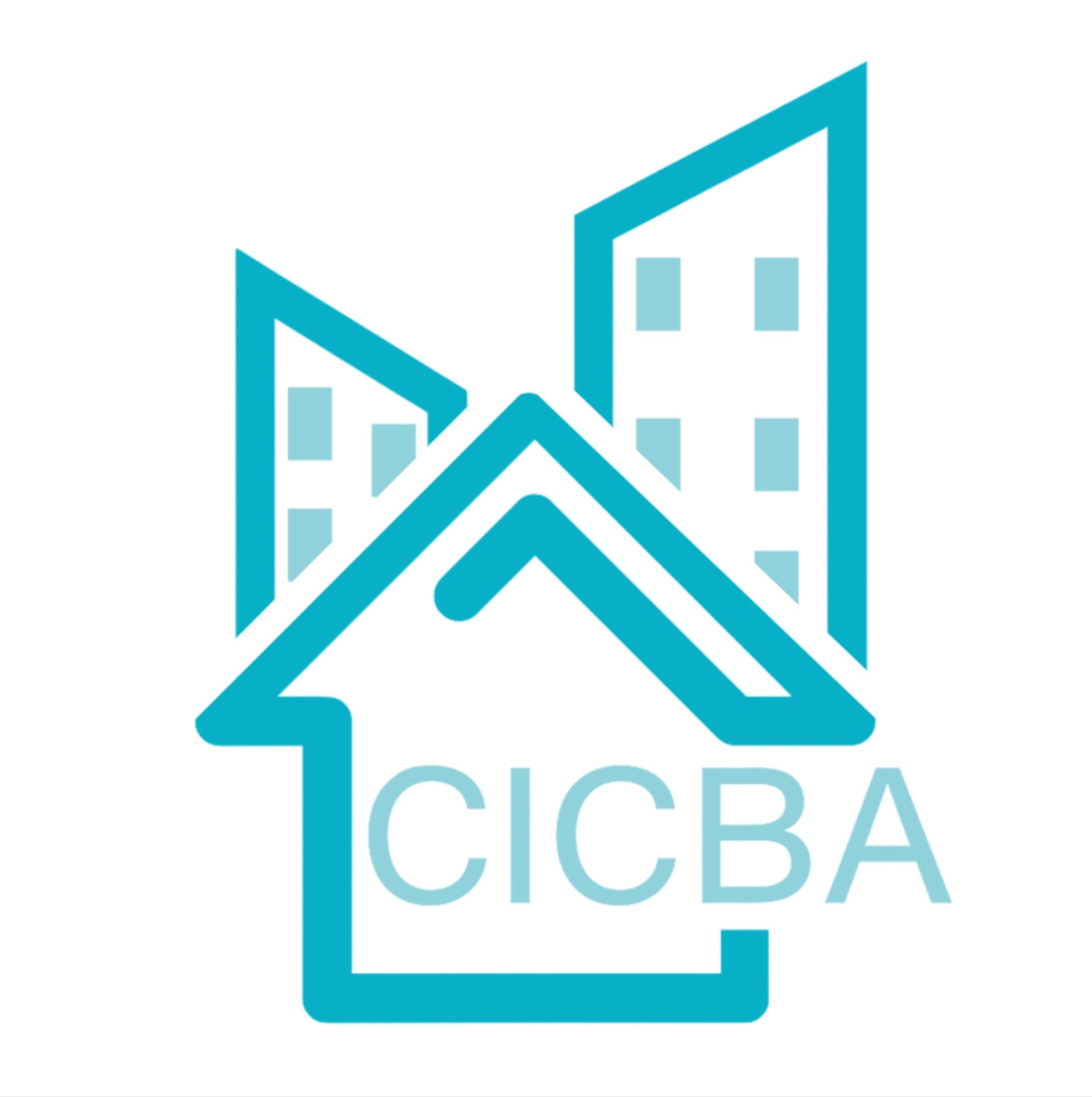Sep 1, 2025
A design and construction feasibility study examines whether your structural renovation idea is practical before detailed plans or construction begin. It helps you make informed, cost-saving decisions early.
We must be clear; a feasibility study won’t replace a full design. It’s conceptual only. Think of it as a guide, not the final blueprint. Conceptual design is the early stage of a design process where ideas are explored and shaped into a clear direction before detailed drawings or specifications are created.
A feasibility study in residential design explores multiple factors:
It assesses structural limits, foundation concerns, zoning rules, site conditions, and existing layouts.
It gives you a rough cost forecast, expectations of mandatory steps and options, and a general timeline.
Looking at a few scenarios, the consultant can inform you about things that will affect timelines, such as the need for a development permit, demolition permit, building permit and/ or trade permits.
It highlights potential surprises before you pay for full design and construction.
In technical terms, it determines whether your idea is “technically, economically, and legally feasible,” helping narrow your options and set direction (Investopedia).
Not every renovation needs a feasibility study. A fully developed design will include necessary consultants and beyond. However, if you’re not sure that you want to commit to a full design and want to know your options, it’s a solid way to peek behind the curtain of possibility.
Renovations that involve structural changes such as additions, laneway houses, garage suites, moving walls, or tweaking rooflines are good candidates for a feasibility study.
Custom feasibility studies in Calgary will vary depending on scope, but here’s what you can expect:
Typically, there is no charge for an initial consultation. The first conversation helps set the scope and allows you to interview multiple companies before committing.
The company coordinating the feasibility study will provide you with a proposal outlining the necessary steps and consultants to explore your desired design.
Design time and coordination time are typically billed on an hourly basis by the company completing the feasibility study, but some companies may charge a fixed fee.
Specialist consultants, such as structural engineers, surveyors, hazardous material testing and more, are additional investments, but are managed by the company completing the feasibility study.
Feasibility studies cost about 1 to 3 per cent of the total project costs. Projects seeking multiple options and larger commercial projects that require significantly more research, consultations, and design hours will be more costly.
This upfront spend can protect you from surprises down the line with unexpected structural costs, zoning issues, or design limitations.
What You’ll Receive
The final feasibility report may include:
Concept sketches showing structural options or layout ideas. These will not include finishes.
All reports from specialist consultants included in the feasibility study.
A rough cost (*not a quote*) to help shape your budget.
Recommendations on next steps, whether to proceed with full design or adjust the idea.
This clarity helps you decide if your idea is viable or needs refinement.
Feasibility studies are an important step in reducing project risk. They allow property owners to explore possibilities within the limits of zoning and structural realities before they engage in full design.
At its core, a feasibility study gives you control. It lets you pause and reflect, not rush ahead. You gain insight without committing fully. That makes it an excellent investment, not only in design time, but in your confidence.
A feasibility study doesn’t replace full design development. It doesn’t include construction drawings, permits, or contractor bids. Yet it sets a solid foundation, clearer decisions, and fewer risks. It clarifies whether your idea is viable, not how to build it.
Phase | Purpose | Investment | Outcome |
Feasibility Study | Test viability, costs, constraints | 1 to 3% of project cost | Concept sketches, cost direction, structural clarity |
Full Design Development | Detailed plans, drawings, permits | 8 to 12% of project cost | Construction-ready drawings, permit packages, specifications |
If you’re unsure about whether a renovation is the right direction for your family, a feasibility study is one of the best investments you can make when considering a major renovation. It saves costly missteps, sharpens decisions, and steers the project with insight. It never replaces the detailed design, but it positions you to move forward with clarity and confidence. Whether you move ahead or not, you’ll have the knowledge to make the right decision for your home, your family and your budget.
We’d be happy to help you sort out the details. When you’re ready, let’s talk.








